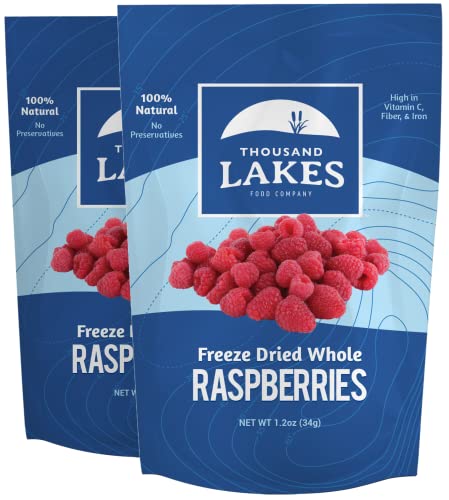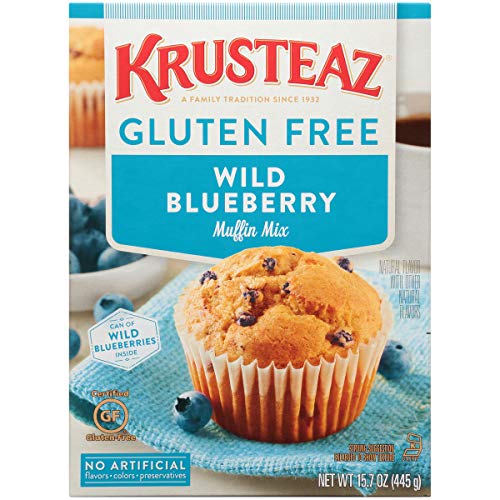What is Inflammatory Bowel Disease (IBD)?
Inflammatory bowel disease comprises two major disorders: ulcerative colitis (UC) and Crohn’s disease (CD). Generally, UC affects the colon and can be classified as inflammation of the mucosal layer of the bowel. CD can involve any part of the GI tract – from the oral cavity to the anus – and is known as transmural inflammation.
IBD can present at any age, but the peak incidence is between the ages of 15-30. The very-early onset of IBD (VEO-IBD) can be considered if the child is under 6 years old. With the very-early onset, IBD may be seen with more extensive intestinal involvement and symptoms may progress more rapidly.
What are some symptoms that my child may have IBD?
Typically, a child will have one or more of the following symptoms:
- GI symptoms: this may include diarrhea, blood in stools, and stomach pain (mostly in the right lower quadrant).
- Growth failure: the most common form of growth failure seen in children with IBD is lack of growth in the height category. It is thought that up to 50% of children with CD have stunted height before any other symptom onset.
- Physical findings: this may be stomach tenderness and/or a mass. Also, perianal diseases like fistulas, anal skin tags, or fissures.
- Systemic findings: the most common systemic findings are fever and fatigue around flares.
- Extraintestinal manifestations: typically there are no clear patterns. They are thought to be seen in 10% of people at the presentation of symptoms and up to 30% in people within the first few years of IBD diagnosis. They may include oral ulcerations, rash, eye inflammation, jaundice, or arthritis.
Are there tests that can be done to confirm an IBD diagnosis?
There are tests that doctors may order to help confirm the diagnosis of IBD, however, a diagnosis is usually determined by a combination of findings – including clinical features as described above, an evaluation of lab values, and various tests described below. Not every child may need all of these tests completed and your doctor will decide what is appropriate based on your child’s symptoms. Some common testing includes:
- Stool tests: should be done to rule out underlying conditions like bacterial infections.
- Endoscopy and colonoscopy: this can help to determine the disease activity and location, label it as UC or CD, and exclude other causes for symptoms
- Imaging: various imaging can be done to help differentiate between UC and CD.
- Magnetic resonance enterography (MRE), is the preferred method, as it emits less radiation exposure to children.
- Computed tomography enterography (or CT scans) can be done urgently, but a downfall is the amount of radiation exposure.
- Another type of imaging is conventional fluoroscopy, but its use is becoming less common.
Treatment options.
There are several treatment options. They include steroids, surgery, enteral nutrition (liquid feedings that are given via a tube), aminosalicylates (anti-inflammatory medications), immunomodulators, and anti-TNF therapy.
As always, talk to your child’s pediatrician if you have any concerns regarding testing or treatment options for your child with IBD. For more information about gut-related GI issues in children, read this overview on Functional GI Disorders in Children.
If you are curious about how IBD differs from Irritable Bowel Syndrome (IBS) - check out this article.
- Higuchi, L. M., & Bousvaros, A. (n.d.). Clinical presentation and diagnosis of inflammatory bowel disease in children. UpToDate. Retrieved December 30, 2022.
- Anal fistula: Causes, symptoms, diagnosis & treatment. Cleveland Clinic. (n.d.). Retrieved December 30, 2022.
- Rosen, M. J., Dhawan, A., & Saeed, S. A. (2015, November). Inflammatory bowel disease in children and adolescents. JAMA pediatrics. Retrieved December 30, 2022.


















Comments
Join The Conversation...